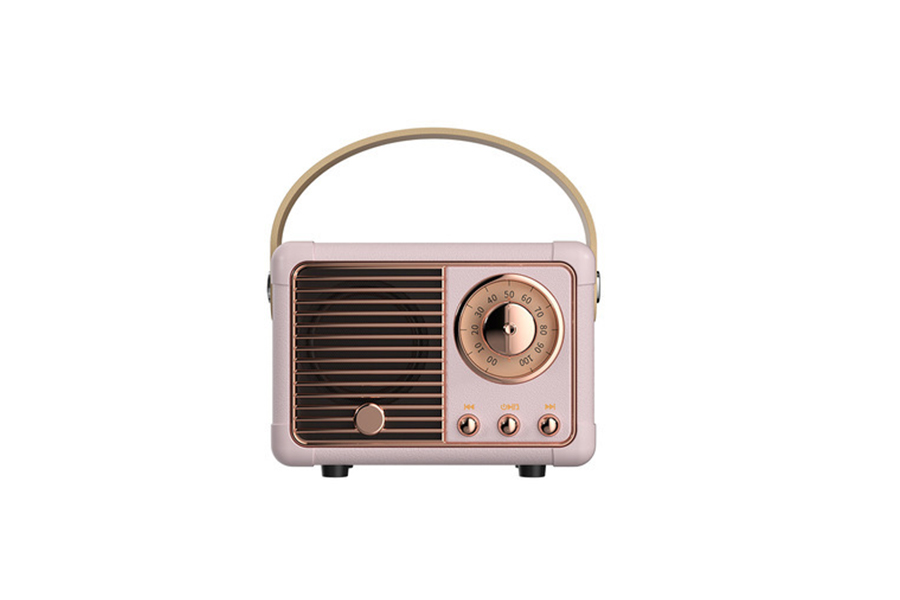category: Audio
view:
time: 2024-11-15 10:59:04



Audio is a device that can convert electrical signals into sound signals, with the following various characteristics:
I. Sound quality
Frequency response characteristicsQuality audio can provide a wide frequency response range.The flatter the frequency response curve, the more realistic the sound. This means that the stereo has relatively little gain or attenuation at different frequencies and does not overly enhance or diminish certain frequency components, thus avoiding distortion of the sound.Tone reproductionA good stereo can accurately reproduce the original timbre of an instrument or human voice. For example, for the sound of a classical guitar, it can truly present the warm, soft tone produced by its wooden resonance box;This mainly depends on the quality of the speaker unit, amplifier circuit and other components of the audio. High-end audio usually uses high-quality speaker materials (such as advanced paper cones, metal diaphragms, etc.) and advanced amplifier technology to ensure a high degree of sound reproduction.Dynamic RangeThe dynamic range of a stereo reflects the difference between the loudest and lightest sounds it can handle. A stereo with a large dynamic range can play music with both strong climaxes (e.g., strong passages in a symphony) and subtle details (e.g., light parts in classical music).
II. Power and Volume Aspects
Power output capabilityThe power level of a stereo determines the upper limit of its volume. Sound with higher power can provide loud enough sound in larger spaces (such as large conference rooms and concert venues). For example, professional stage audio power usually ranges from a few hundred watts to several kilowatts, enabling the sound to cover the entire performance venue.You need to choose the power reasonably according to the use of the scene and the carrying capacity of the speakers.Volume adjustment flexibilityA good sound system should have a precise volume adjustment function. This allows users to flexibly adjust the volume level according to their own preferences, environmental noise and other factors.
Third, connectivity
Multiple input interfacesModern audio usually has a variety of input interfaces, such as Bluetooth interface, AUX (audio input interface), optical fiber interface, coaxial interface and so on.